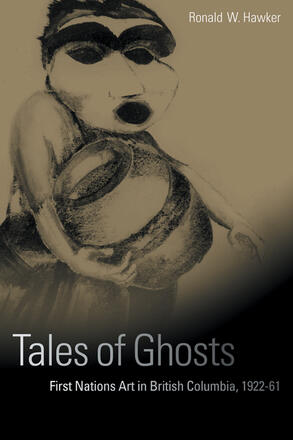
Tales of Ghosts
First Nations Art in British Columbia, 1922-61
An insightful examination of the complex functions of Northwest Coast art objects produced between 1922 and 1961, and a vital addition to First Nations and Canadian history.
La description
The years between 1922 and 1961, often referred to as the “Dark Ages of Northwest Coast art,” have largely been ignored by art historians, and dismissed as a period of artistic decline. Tales of Ghosts compellingly reclaims this era, arguing that it was instead a critical period during which the art played an important role in public discourses on the status of First Nations people in Canadian society. Those with an interest in First Nations and Canadian history and art history, anthropology, museology, and post-colonial studies will be delighted by the publication of this major contribution to their fields.
Reviews
Ronald W. Hawker exposes and then considers the multiple ways in which meaning has been created and consumed around First Nations art objects by its viewing audiences. In so doing, he brings a new line to bear on the role Native art has played in the negotiation of social and geographical spaces in British Columbia. The book will interest scholars of Native studies, Canadian art history, anthropology, and cultural studies.
- Andrea N. Walsh